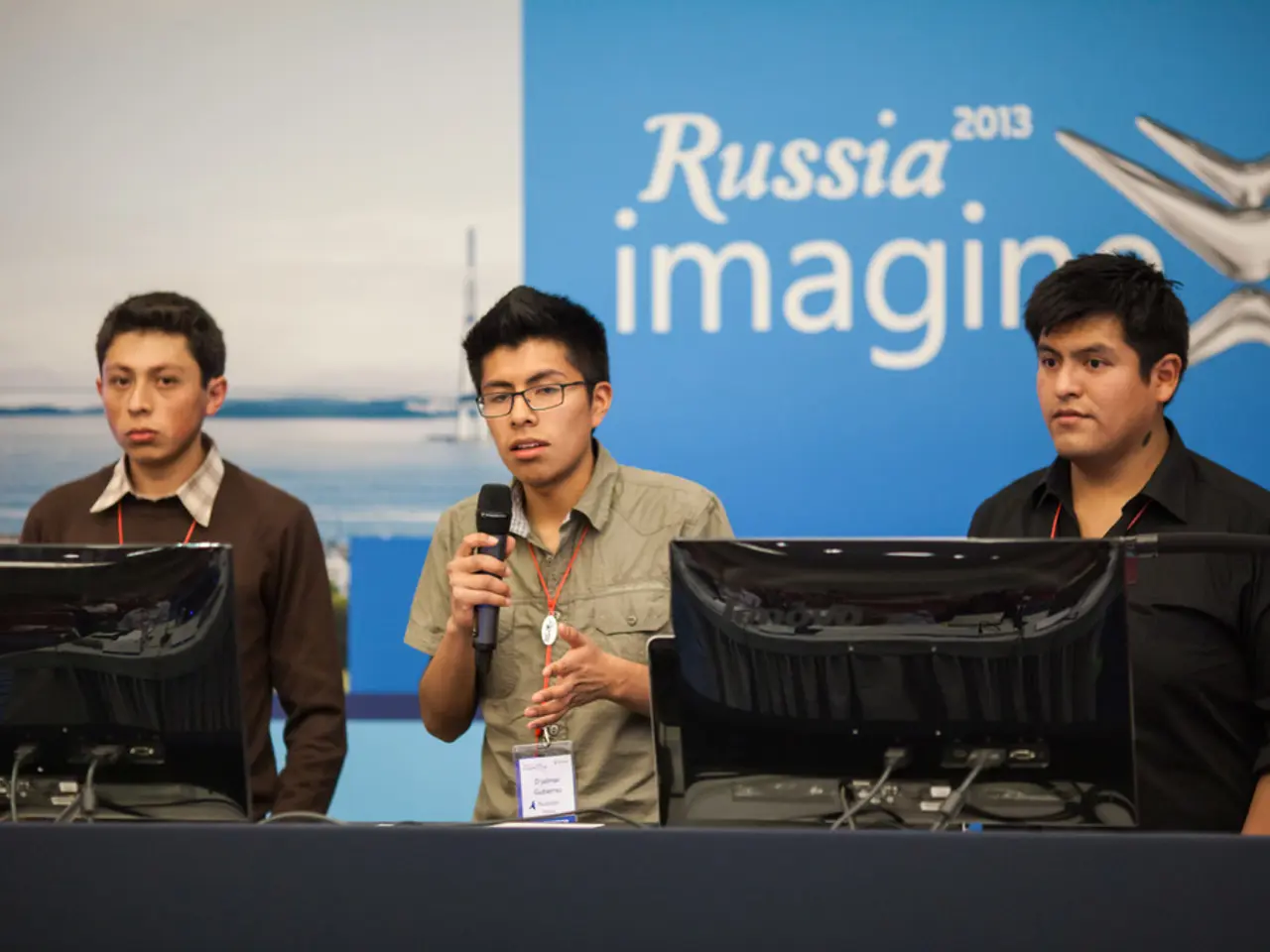The potential hazards of drones and artificial intelligence: an exploration.
In the rapidly evolving world of technology, drones equipped with Artificial Intelligence (AI) have become a significant part of our lives, transforming various aspects from delivery to aerial footage. However, their use has also raised ethical and moral concerns, particularly in military situations and civilian life.
In response, current regulations and safety measures in 2025 focus on mitigating risks related to national security, public safety, and operational reliability. This approach combines federal rulemaking, law enforcement mandates, technological safeguards, and industry oversight.
Two complementary executive orders signed by President Trump in June 2025 establish a framework to balance security concerns with technological advancement. These orders call for new Federal Aviation Administration (FAA) regulations to restrict drone flights over sensitive fixed-site facilities like power plants and military bases. Improved geofencing tools are mandated to enable drones to automatically avoid no-fly zones, thus reducing the risk of unauthorized incursions into protected airspace.
A new interagency task force reviews current policies and technologies to propose enhanced drone defense systems. The Attorney General is tasked with increasing enforcement against reckless drone use, while detection and counter-drone capabilities are expanded across agencies including Homeland Security and Joint Terrorism Task Forces, especially at major events.
For AI-enabled autonomous drones, risk mitigation involves robust test and evaluation (T&E) processes to prevent accidents that might arise from premature deployment. Transparency in these T&E processes and adherence to international confidence-building measures ("rules of the road") are seen as critical to reducing instability and unintended harm from autonomous systems.
Concerns over drones manufactured by companies with ties to foreign governments, such as the 2025 developments around banning DJI drones in the U.S., highlight measures aimed at protecting data privacy and national security. Vendors undergoing security audits or facing bans are part of the broader regulatory environment to mitigate cybersecurity risks posed by AI-equipped drones.
Particularly in sectors like agriculture where drone use is growing, insurance products such as drone liability insurance are promoted to cover damages caused by drones, integrating legal frameworks into operational risk management.
In conclusion, these measures form a layered approach combining technological controls, legal-enforcement frameworks, interagency cooperation, and market controls to mitigate potential risks and harm from AI-equipped drones. The regulatory landscape is evolving with the rapid growth of drone capabilities and emerging security challenges.
It is crucial to ensure that drones are equipped with safety features and that AI algorithms are transparent and auditable. Appropriate regulations can help minimize the significant risks associated with drones and AI, while ensuring the potential benefits of these technologies are realized and the safety of everyone is maintained.
In the evolving landscape of 2025, the regulatory framework includes new Federal Aviation Administration (FAA) regulations aimed at restricting drone flights over sensitive facilities, using improved geofencing tools to avoid no-fly zones. (technology, artificial-intelligence)
To minimize risks associated with AI-equipped drones, the focus is on implementing robust test and evaluation processes, promoting transparency, and adherence to international confidence-building measures. (artificial-intelligence)




